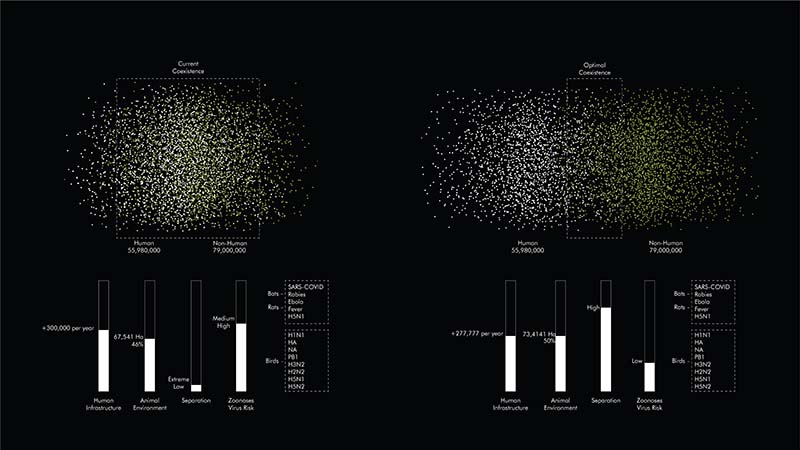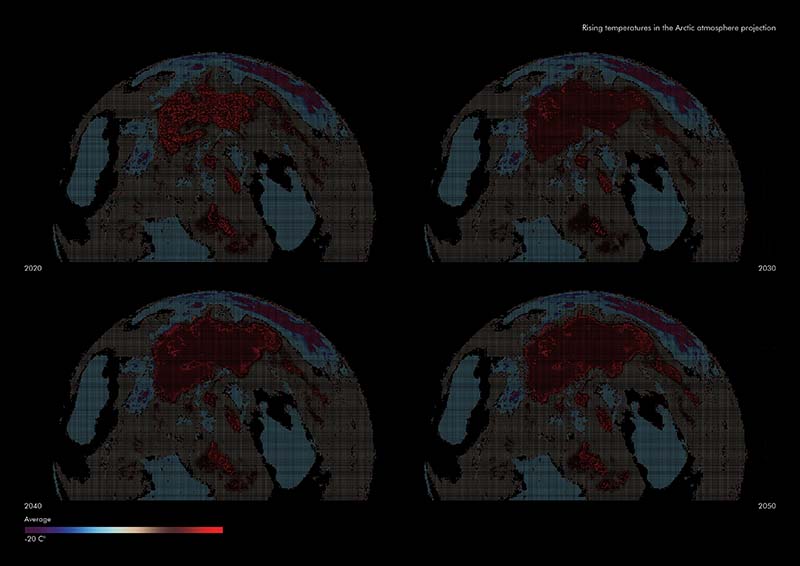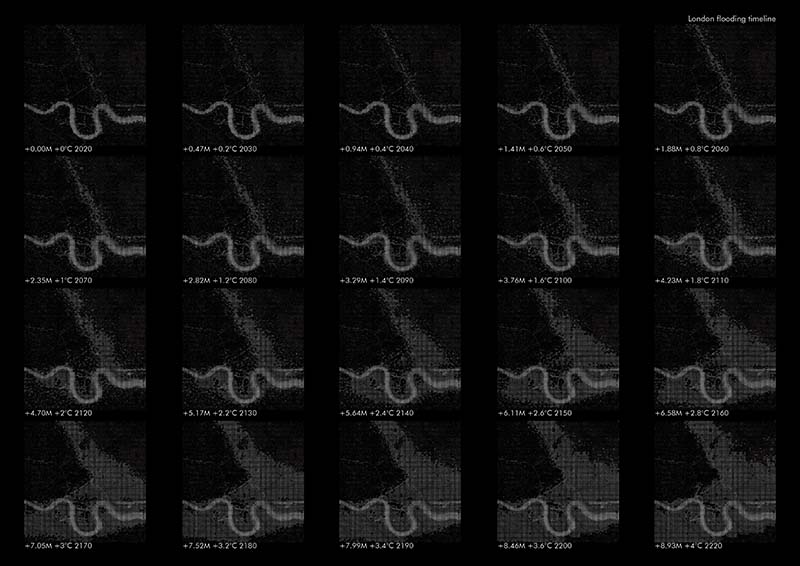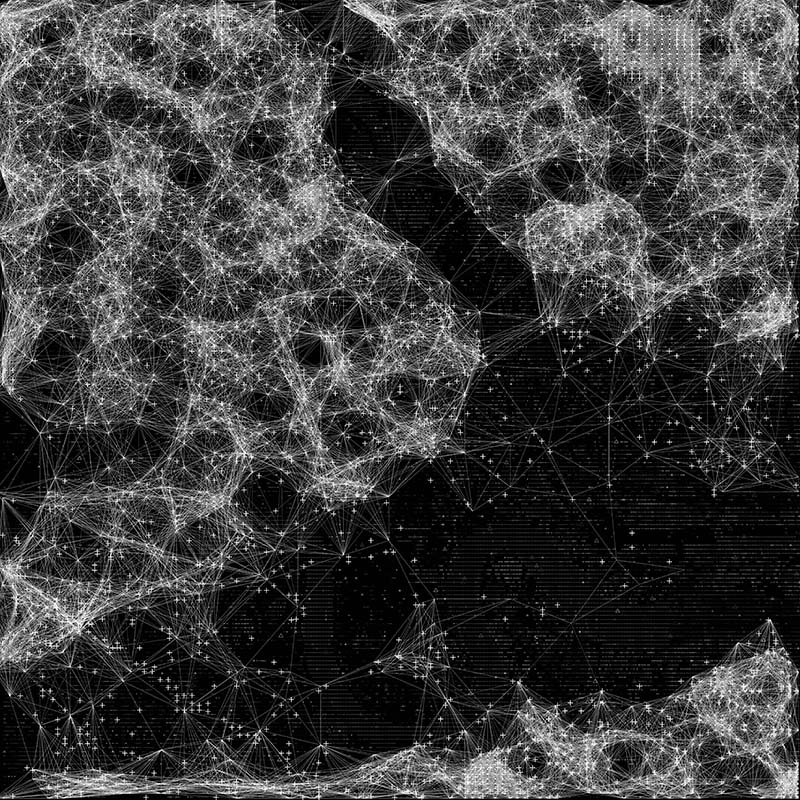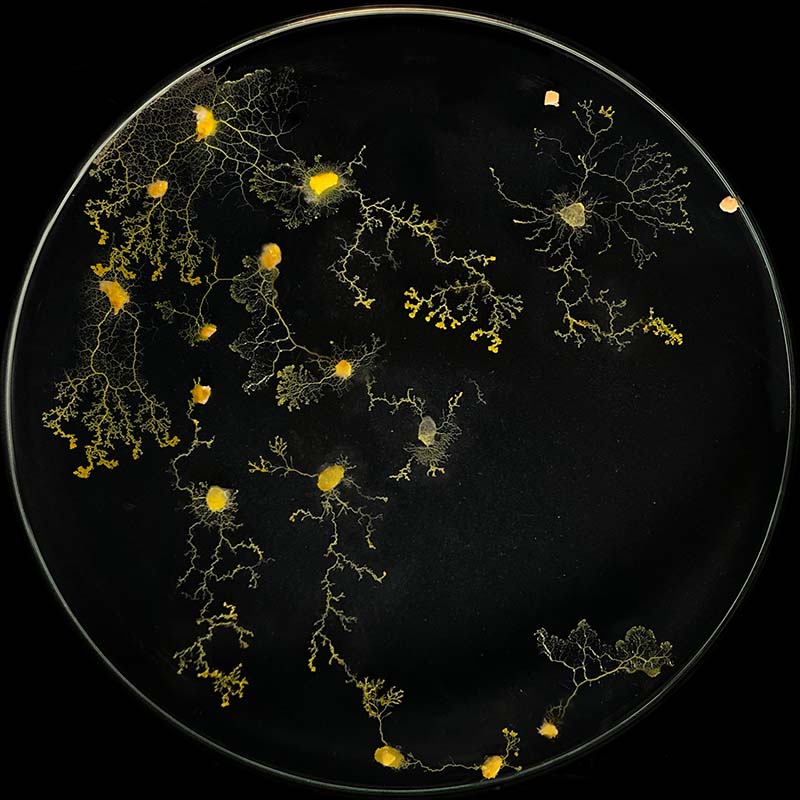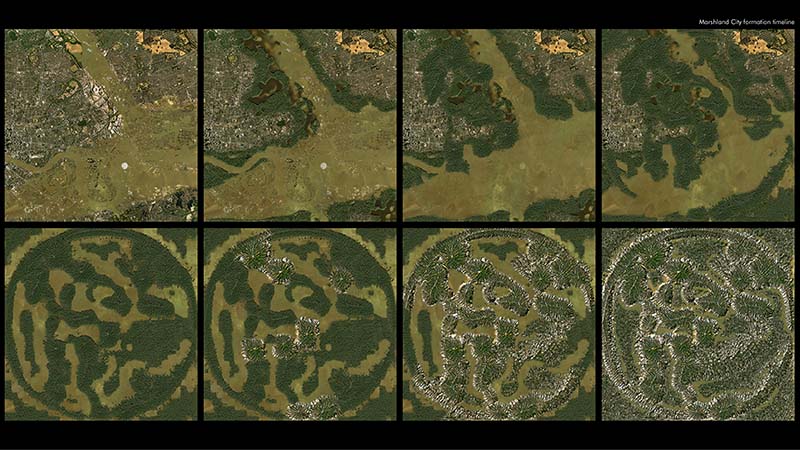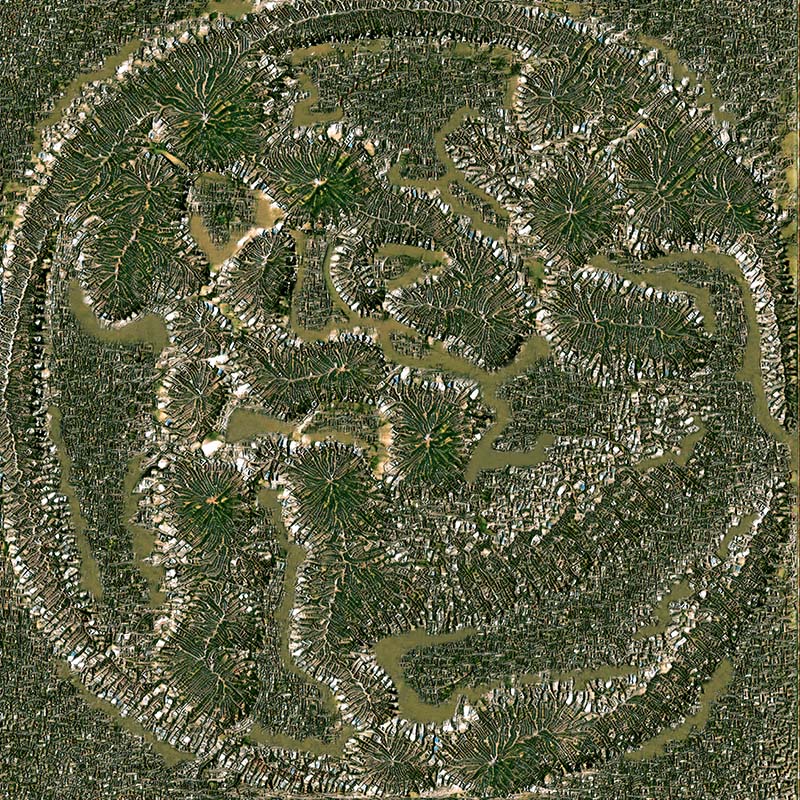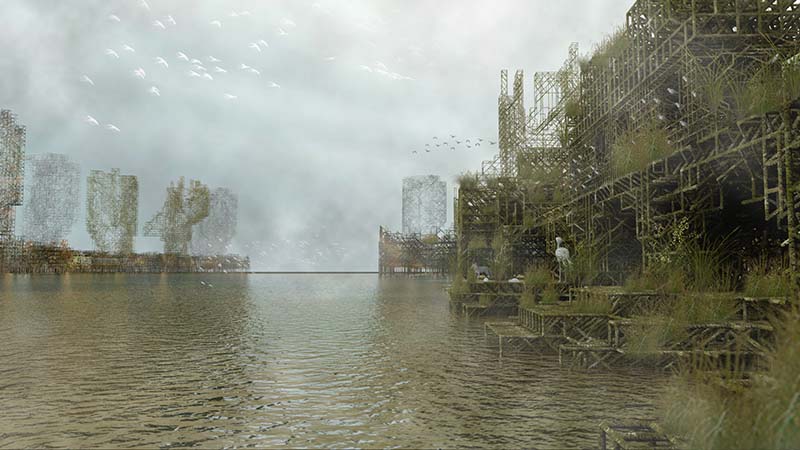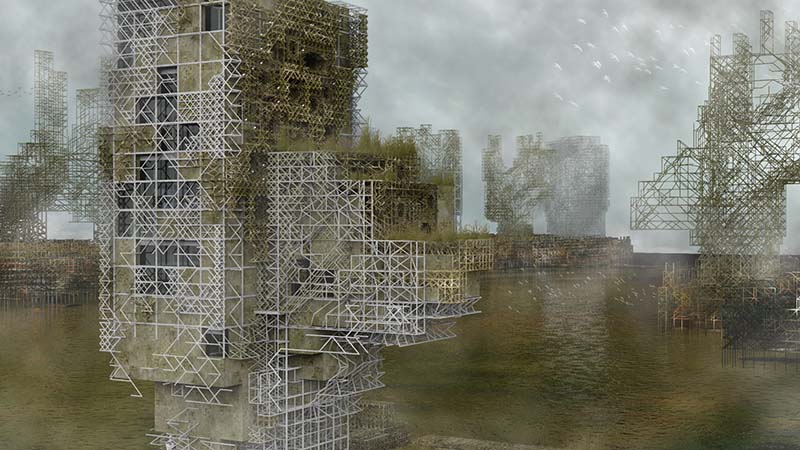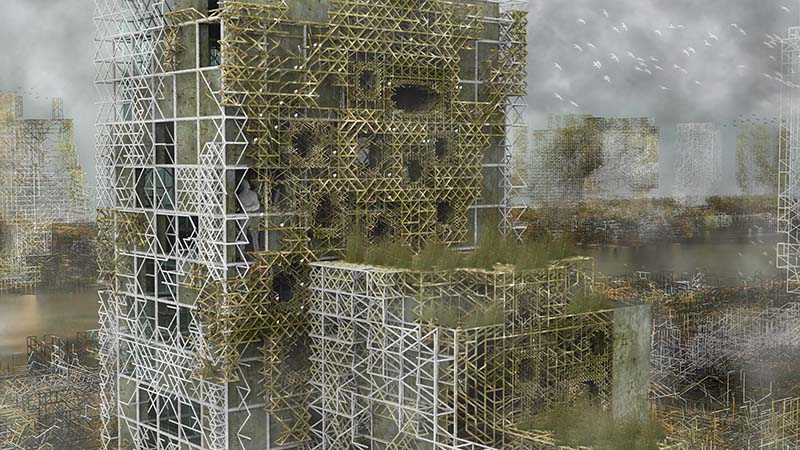For the past 200,000 years humans have gained control over other entities and have become the dominant species on the planet. This evolution initially brought big benefits to the human species, but it started to generate situations that affected every living entity, including the human. Since the human started to invade biodiversity’s habitat, the boundary between entities was lost. This human and non-human invasive coexistence is having side effects such as COVID-19. In the past, urban design theorists exemplified how urban design was approached by human intelligence with the purpose of making the human experience better without considering other entities and their environment. In order to avoid catastrophic scenarios, by-products of the Anthropocene era, a nonhuman centred approach is needed to be able to consider other intelligences and create a response outside of the human’s limitations.
London’s East End, having been an industrial area that triggered human over population and pollution, becomes a starting point to explore the possible catastrophic futures. Through the exploration of the current climate change scenarios, which could generate a flood in London’s East End, the project Biocoenosis Nest, instead of creating a boundary with water, embraces the water and explores the marshlands that are created by an increase in water volumes. The marshland becomes a biodiversity node that can restore the current loss by providing habitat and nutrients required by non-humans to grow. Aiming to connect the marshland properties to the inner part of the city, a proximity diagram between biodiversity and green area was explored to obtain biodiversity’s optimal habitat locations. The use of a non-human intelligence provides a closer approach to a non-human centred distribution. In this proposal, slime mould becomes the entity that defines the routing network that will shape the terrain. Due to the slime mould properties of finding the optimal path and its intelligence connecting food sources, the optimal locations were used as an input for experimenting with slime mould as a bio computer. After testing the locations, a nutrient distribution network from the marshlands to the inner city was created, bringing the marshland properties to the optimal habitat locations. The resulting slime mould network generates an eroded terrain that defines the post-natural landscape. This terrain is then explored with the non-human intelligence of machine learning to create a city that combines the human and nonhuman entities in a more balanced coexistence, thus creating the Marshland City. In order to approach the collective coexistence, the bird nest is analysed to rethink human and non-human interaction, and with a fibrous system, the synthetic nest is generated. The architectural volumes extracted from the Marshland City with code algorithms are analysed according to the different human and non-human programs required to become multi-specie nodes. These volumes are formed combining the different programmatic typologies to form a Synthetic Fibrous Nest. The Biocoenosis Nest is woven by collective intelligences responding to the needs and requirements of multiple entities.
Approaching the urban catastrophic scenarios with a non-human perspective helps us understand factors that can be uncomputable for the human intelligence. Using non-human intelligences as a collective intelligent apparatus results in a post-natural development that prioritizes every entity.
With the Marshland City and the Fibrous Synthetic Nest, biodiversity can find its properties to grow, at the same time, different entities coexist with a boundary that can reduce human and non-human interaction issues such as COVID-19. The Marshland City embraces a flood caused by climate change to establish controlled coexistence in a post natural scenario. The Fibrous Synthetic Nest allows human on the inside and non-human on the outside, thus creating the Biocoenosis Nest, an association of different organisms in a non-invasive integrated community.

